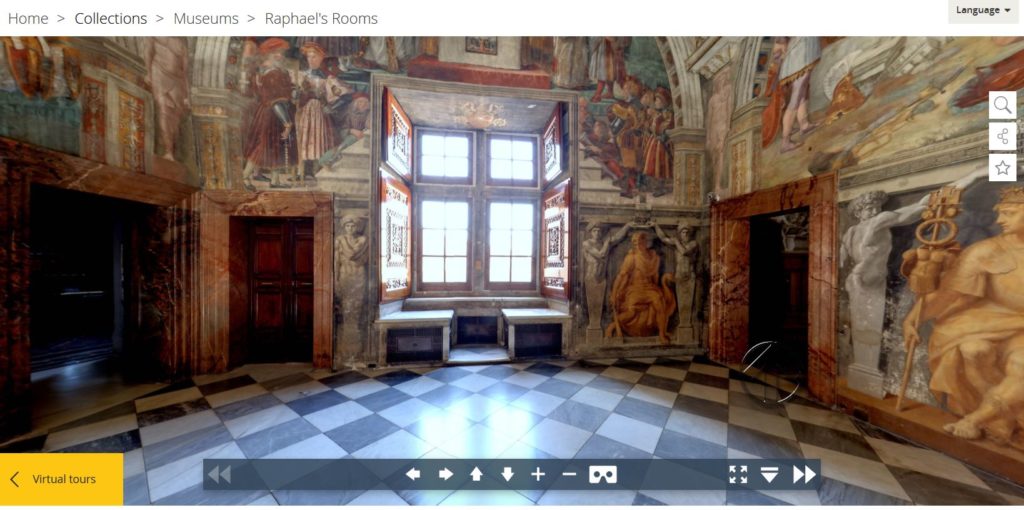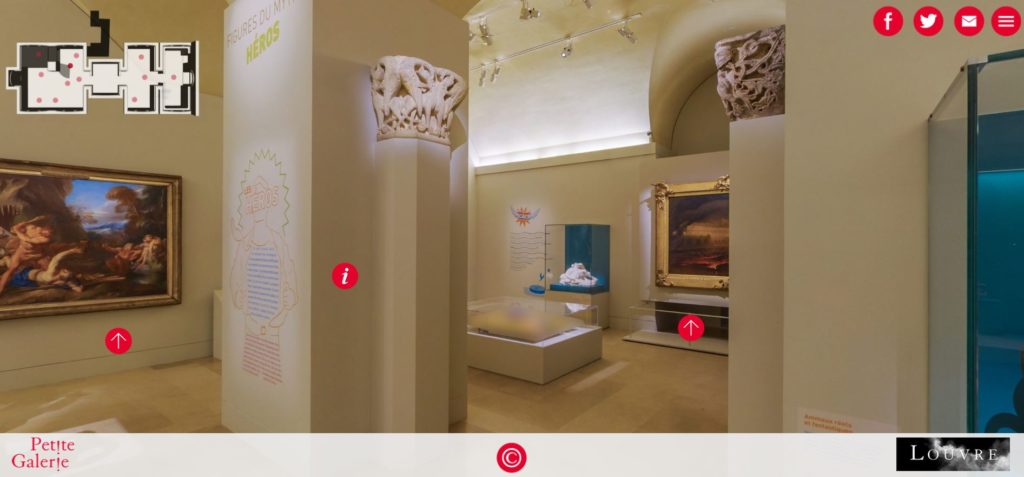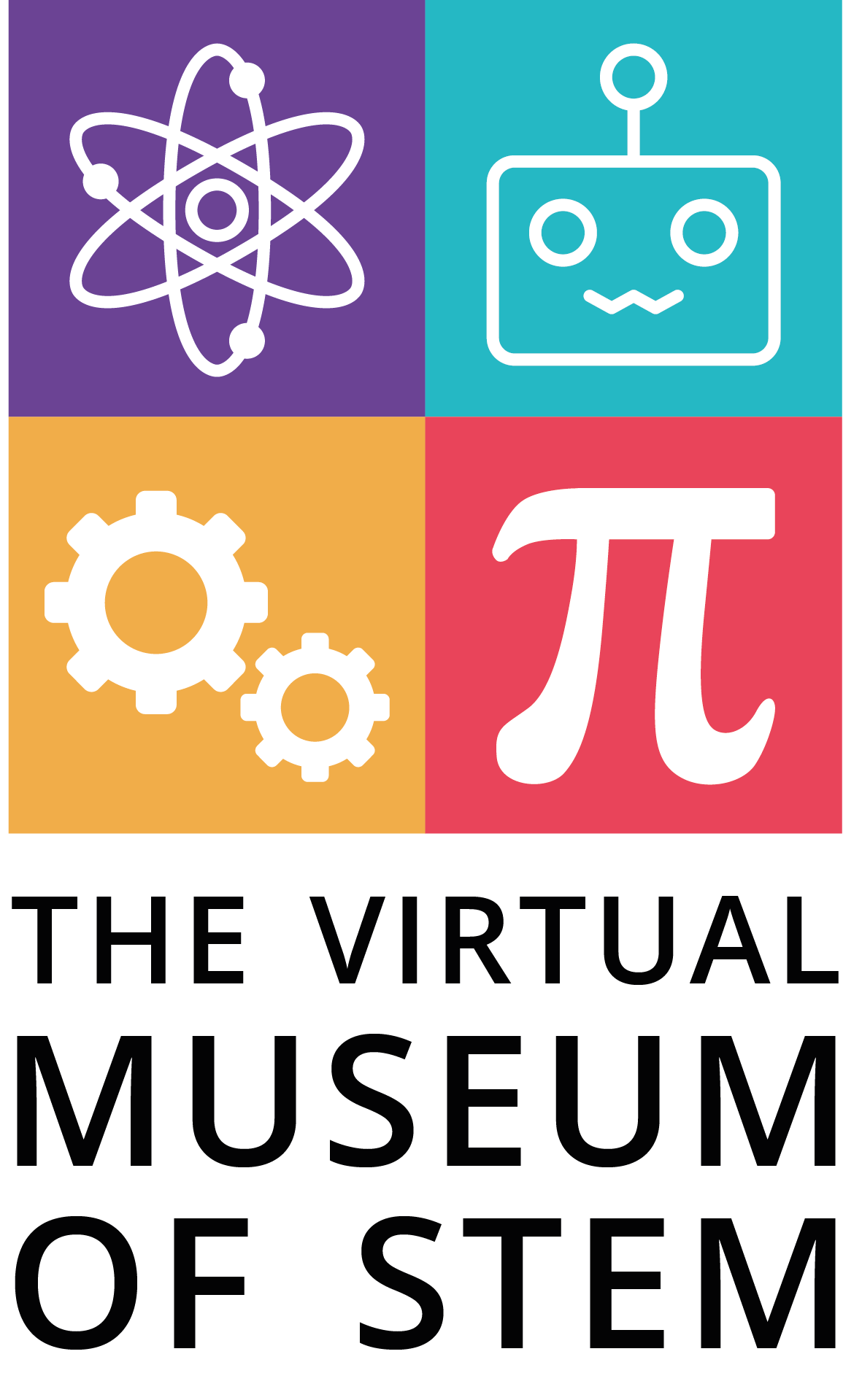Museums have greatly evolved over time; it is not just a place to conserve and display artwork and artifacts anymore. Museums currently are becoming more and more focused on communication, attraction, and entertainment. For this reason, it is important to enrich the visitor’s experience by making it more enjoyable, often resorting to new technologies. Through the Covid19 pandemic this new form of museums was accelerated but it has started to change long before. The idea of virtual museums dates to 1991, starting with webpages and getting more advanced over time with the development of Internet.
Virtual museums became a pedagogical tool that can support education because they promote self-learning while respecting different learning styles and pace, while motivating the user to learn because of the fun aspect of this tool.
In the Virtual Museum of STEM pedagogical guide there is a compilation of five of the main virtual museums across Europe and their technological options:
THE BRITISH MUSEUM (London, England)
The British Museum, founded in 1753, was the world’s first public national museum. It has one of the largest and most famous collections of antiquities in existence. Its collection consists of about eight million objects and includes world-famous objects such as the Rosetta Stone, the Parthenon sculptures and Egyptian mummies.
Virtual visits can be booked and visitors will be taught remotely by an expert from the British Museum. “Through live activities, interactive quizzes and thought-provoking questions, visitors will enhance their knowledge and understanding of the past.” (British Museum, 2021) This is a truly interactive museum, that helps visitors to develop their historical enquiry skills and specially challenge them to think critically.
MUSEI VATICANI – Vatican Museums (Vatican City, Italy)
The Vatican Museums are ones the biggest museums in the world. Several different buildings, which are interconnected, bring together one of the world’s most fantastic and extensive collections belonging to the Catholic Church. They bear witness to humanity’s artistic and spiritual aspirations and the search for the supreme beauty that finds its realisation in God. The Sistine Chapel is one of the sites that most interest visitors.
We can visit the space remotely as if we were on site. The image quality of the virtual museum is excellent.

LOUVRE (Paris, France)
The Louvre is a universal museum, created in 1793. It is the largest art museum in the world and is in the Louvre Palace in Paris. Its collections, among the finest in the world, span several thousand years and a territory stretching from America to Asia. The collections are divided into 8 departments and feature works admired all over the world, including the Mona Lisa and the Venus de Milo.
The virtual tour is very intuitive and we can walk through the museum galleries as if we were there. The fluidity of the transition in space is remarkable. We can interact with each piece, magnifying the image and reading more information about it. It is also possible to listen to a description by an expert guide and get help with navigation whenever necessary.

TEATRO-MUSEO DALÍ – Dalí Theatre-Museum (Figueres, Spain)
Dalí Theatre-Museum is a museum dedicated to Salvador Dalí and is in his hometown, Figueres, in Spain. Opened in 1974, it was conceived and designed by the artist himself in order to offer visitors a real experience and draw them into his unique and captivating world.
The virtual visit to this museum is based on a 3D model of its interior. This way, we can have a global perspective of the space, which makes the navigation through it very simple and very fluid. We can interact with each piece by clicking a button, which gives us more information about it. With the appropriate technology, we can make this visit in virtual reality (3D).
MUSEU CALOUSTE GULBENKIAN – Calouste Gulbenkian Museum (Lisbon, Portugal)
In this museum, located in Lisbon, you can get to know the collection of the philanthropist and art collector Calouste Sarkis Gulbenkian (1869-1955). The affection he had for objects and the quality criteria he used to follow can be seen in the phrase “only the best is good enough for me”. This collection includes objects from various periods and areas. There are pieces of Egyptian art, Greco-Roman art, Islamic and Far Eastern art, from various areas, such as numismatics, painting and European decorative arts. In this museum, the virtual visit is made using a 360º image. The visitor has little way to interact with the space that surrounds him, being conditioned to the role of passive spectator, although dazzled. This is the typical virtual museum, which replicates the real museum.
Some of the mentioned museums are more interactive than others, however, they all provide a fabulous experience for visitors, mostly because of the richness and spectacularity of their exhibits and collections.
Visit the website of Virtual Museum of Stem to read the entire Pedagogical Guide : http://www.vmstem.eu/index.php/resources/
Project website : www.vmstem.eu![]() Follow the project on Facebook: @Logopsycom
Follow the project on Facebook: @Logopsycom
#VMSTEM #erasmusplusproject
Our partners are : YuzuPulse ; Citizens In Power ; Centro Qualifica da CEPROF ; Srednja Škola Ivanec

